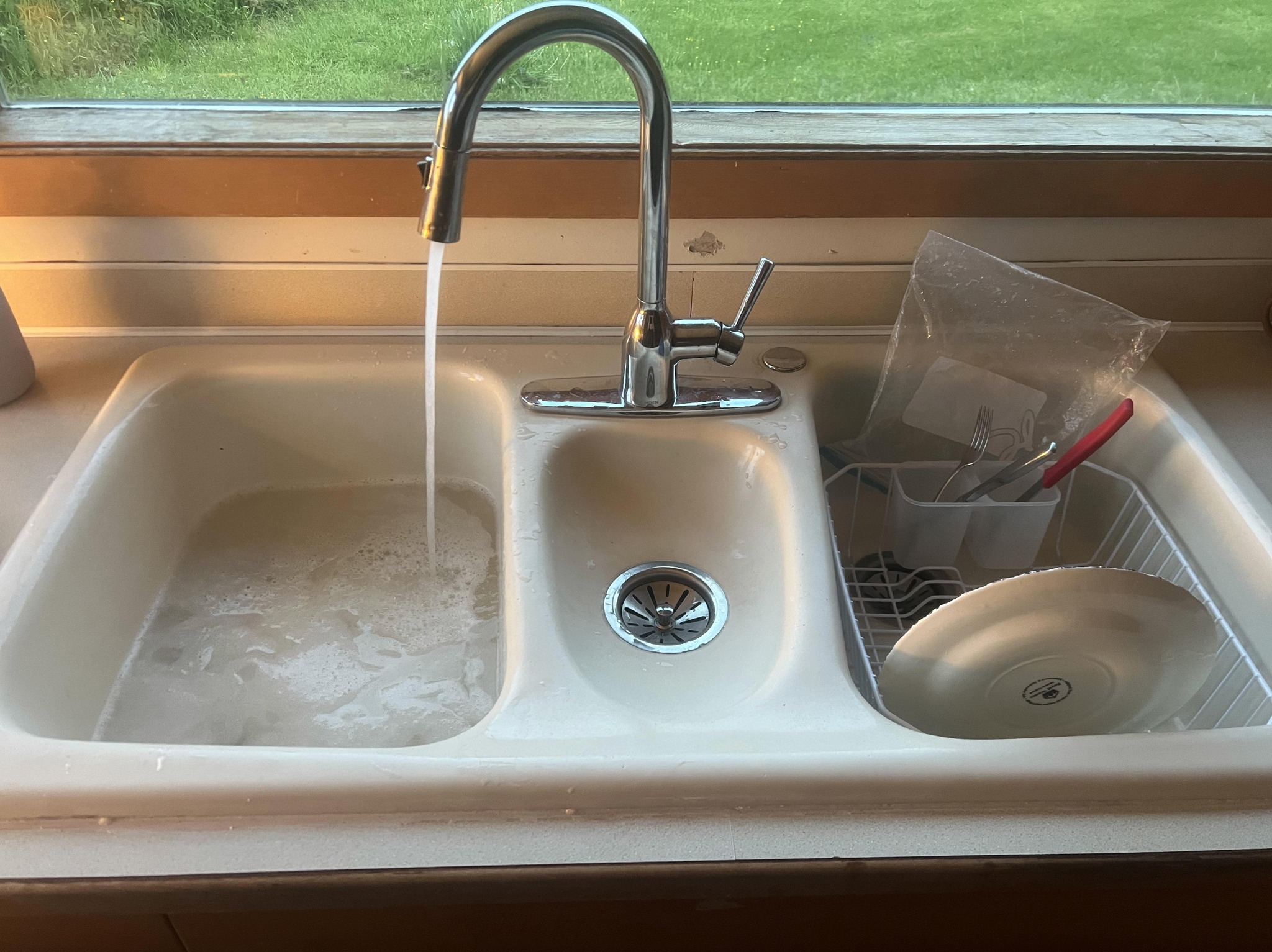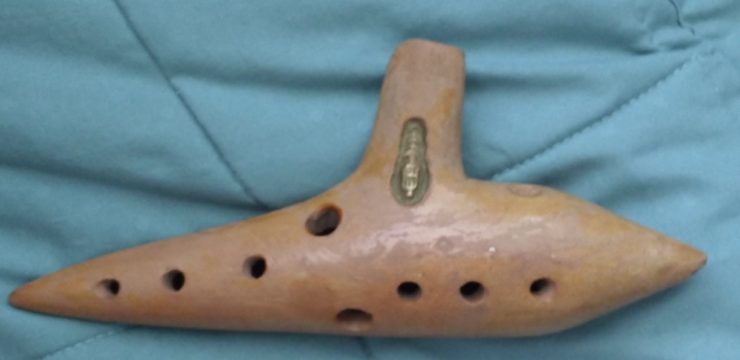If you’ve ever stepped into an older kitchen and noticed a sink with an unusual little basin right in the middle, you might have scratched your head and wondered what its purpose was. That odd feature, commonly found in homes built during the late 1970s and early 1980s, isn’t just a quirky design detail—it served a surprisingly smart and useful purpose. These multi-basin vintage sinks, particularly those made by companies like Kohler, were designed with intention and practicality in mind.

One popular model, the Kohler Trieste, embodied this design philosophy by combining three essential components into a single sink unit: a full-sized soaking basin, a drainboard or drying section, and the iconic mini basin in the center. That center sink wasn’t merely decorative; it was marketed as a waste basin, a place for homeowners to install their garbage disposal and manage the messier side of dishwashing. In an era when dishwashers were still a luxury, hand-washing dishes was the norm, and having a designated spot to rinse off food scraps before washing made a huge difference. It helped keep the primary basin cleaner and reduced the risk of clogging, making cleanup smoother and more organized. During this time, the layout of the kitchen was all about maximizing efficiency, even if it wasn’t called that yet. The small middle sink was the unsung hero of hygiene and order.
It was where coffee grounds, food scraps, and greasy leftovers met their end, leaving the other basins free for washing and rinsing. This smart division of tasks helped simplify the process, and people naturally adapted to the flow it created. The beauty of this setup lay in its balance of practicality and thoughtful engineering. But like many good things, the trend didn’t last forever. As dishwashers became more common in American households and the aesthetic preferences of homeowners shifted toward cleaner, more minimalist designs, these three-part sinks gradually fell out of favor. By the 1990s, they were rarely included in new construction. Cast iron was becoming more expensive, and the center sink, once considered a brilliant tool, was now seen as an extra component that complicated the sleek lines and simple functionality people wanted. Homeowners and designers moved toward under-mount sinks and larger single-basin models that offered more open space and a modern appearance.
While efficiency remained a top priority, some of the thoughtful functionality embedded in older kitchen designs quietly disappeared. Still, the charm and intelligence of those vintage sinks haven’t been forgotten completely. In fact, there’s been a modest resurgence in interest among renovators and homeowners who appreciate the retro aesthetic and practical ingenuity of mid-century design. Some are restoring original units, while others are crafting new interpretations that combine classic charm with modern materials and plumbing updates. These vintage sinks are more than just nostalgic throwbacks; they are a testament to a time when kitchen tools were made to support daily living in meaningful, organized ways.
Today’s kitchens often prioritize appearance and minimalism, but the practical benefits of those old-fashioned setups can still be incredibly valuable. Why not bring back a small, dedicated basin for messy tasks or a spot where utensils can drip dry without taking over the whole counter? These designs were clever, efficient, and made day-to-day chores feel just a little less tedious. If you come across one of these vintage kitchen sinks, don’t be so quick to dismiss it as outdated or irrelevant. That little middle sink wasn’t just a weird design choice—it was a product of careful thought, created during a time when homes were built with longevity and usefulness in mind. It represented an era where every part of the home had a role to play in making life run more smoothly. In a world of fast trends and disposable design, rediscovering the genius behind that strange middle sink might just remind us of the value in taking a smarter, more intentional approach to how we live and work in our kitchens.





